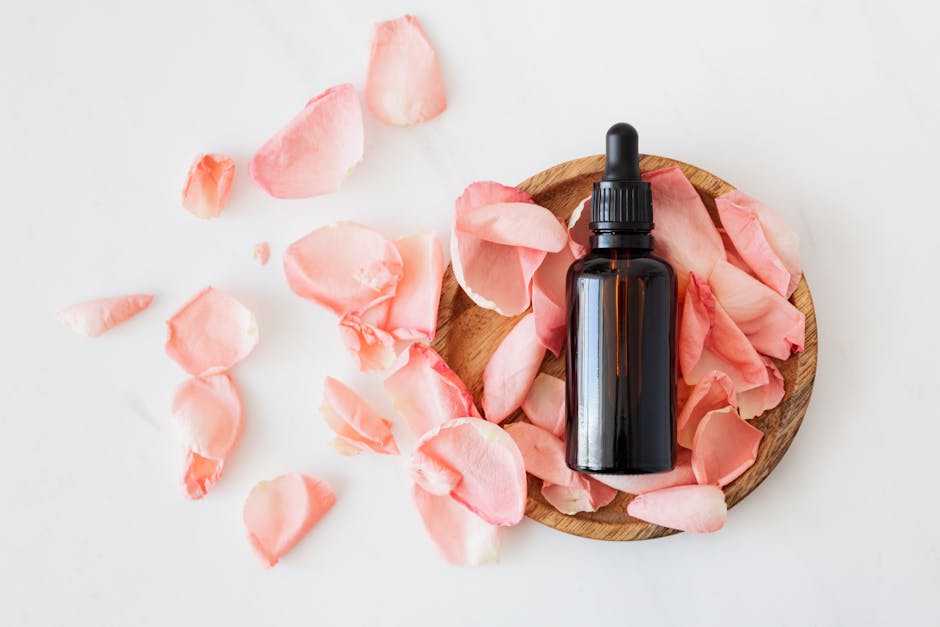
Perfume Chemistry Unveiled: Decoding the Aroma Molecules in your Favorite Fragrances
Perfume Chemistry Unveiled: Decoding the Aroma Molecules in your Favorite Fragrances
When you spritz on your favorite perfume, have you ever wondered what creates its captivating scent?
Perfumes are intricate blends of aroma molecules, carefully crafted to evoke specific emotions and sensations. These aroma molecules are the building blocks of fragrance, responsible for the distinct smells that capture our attention and leave a lasting impression.
Understanding perfume chemistry is like deciphering a secret language. Each aroma molecule contributes to the overall scent composition, working together in harmony to create a unique olfactory experience.
One such fascinating aroma molecule commonly found in perfumes is Iso E Super, known for its warm and woody scent. It adds a touch of elegance and sensuality to fragrances while also helping to enhance their longevity.
Another essential aroma molecule is Geraniol, which is responsible for imparting a fresh and floral note. It is often used in floral fragrances to create a romantic and feminine aura.
In addition to these individual aroma molecules, perfumes also contain complex blends of multiple molecules, carefully balanced to create a harmonious and well-rounded scent.
Decoding the aroma molecules in your favorite fragrances can enhance your appreciation for their artistry. By understanding perfume chemistry, you can identify the key ingredients that contribute to a fragrance's unique character and better appreciate the craftsmanship that goes into its creation.
So, the next time you spritz on your favorite perfume, take a moment to immerse yourself in its scent and appreciate the chemistry behind the fragrance.
